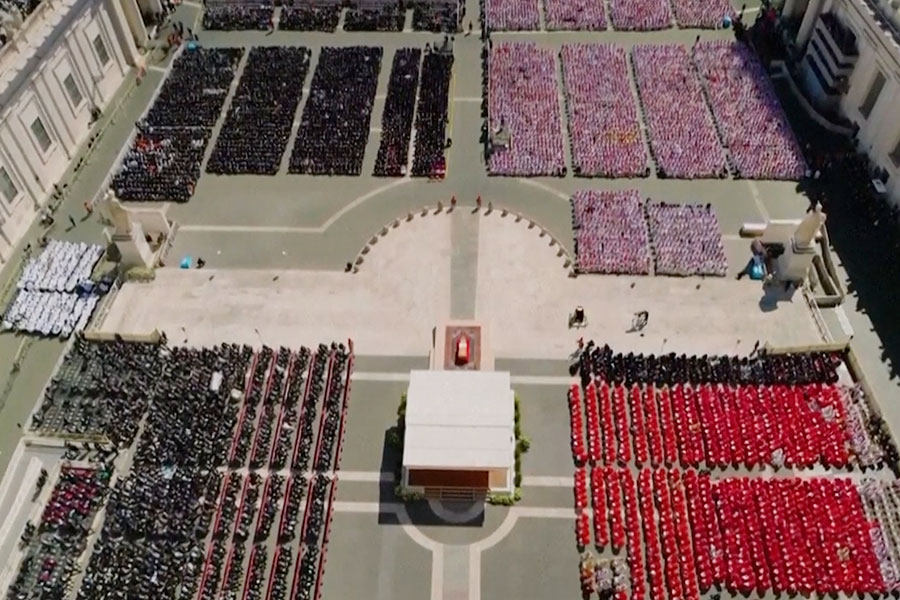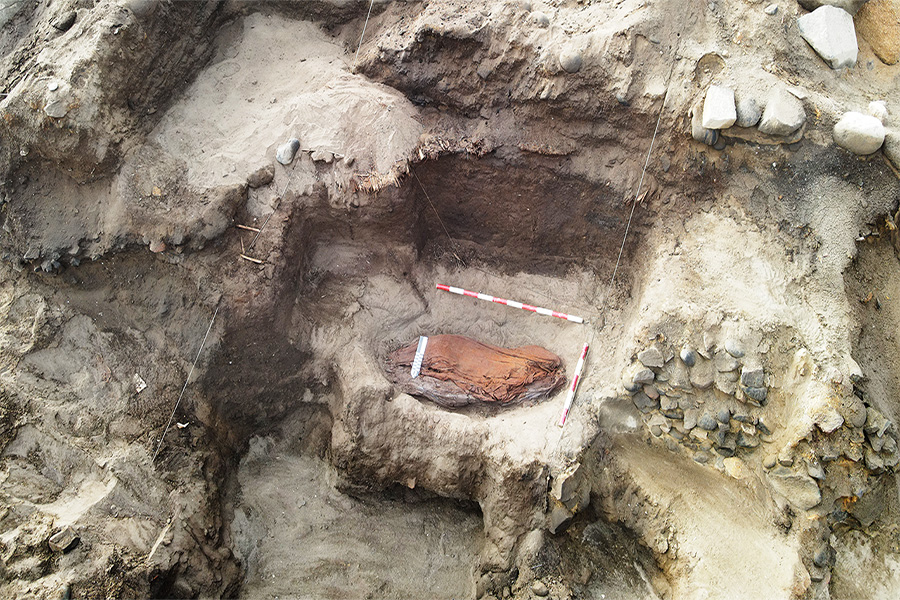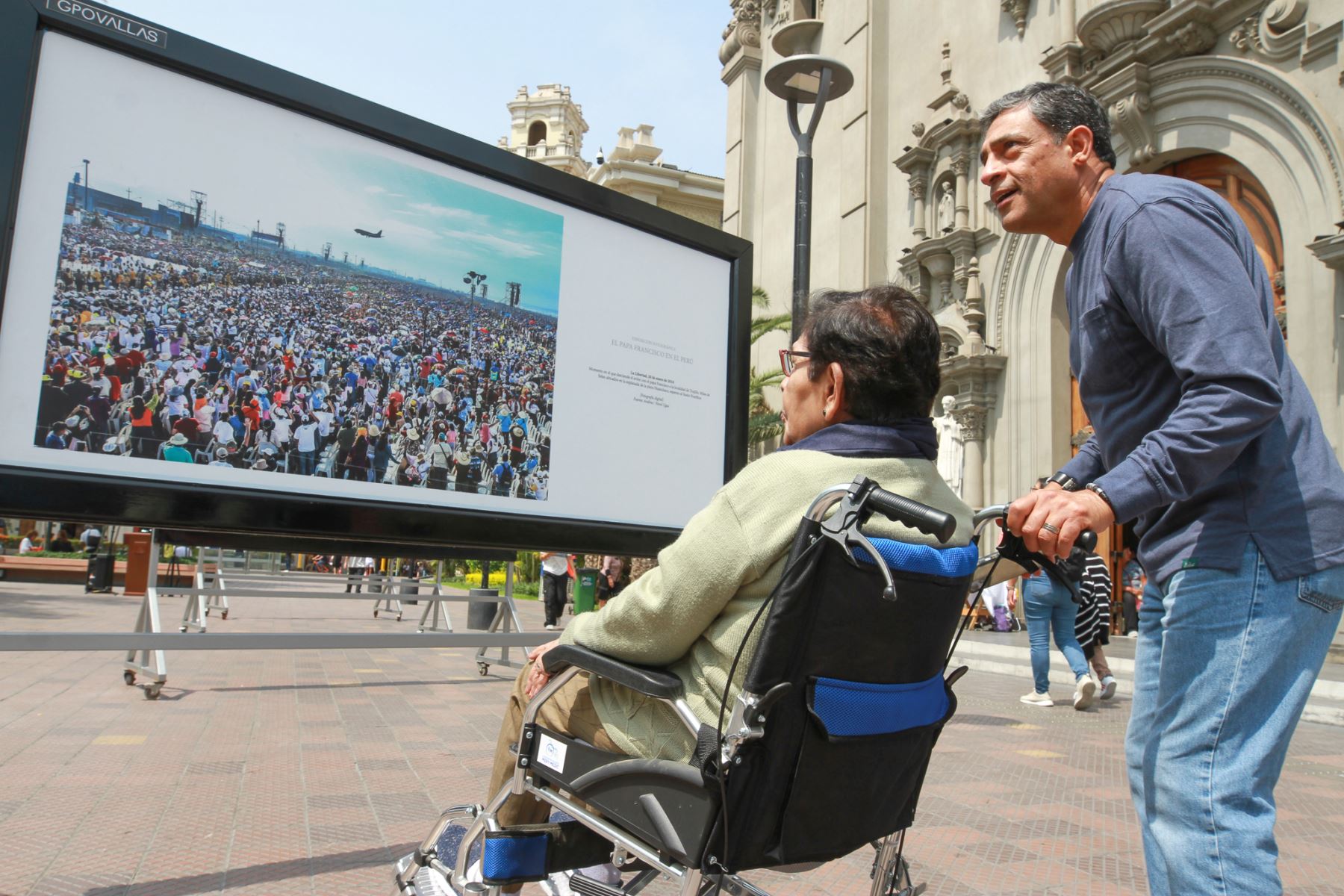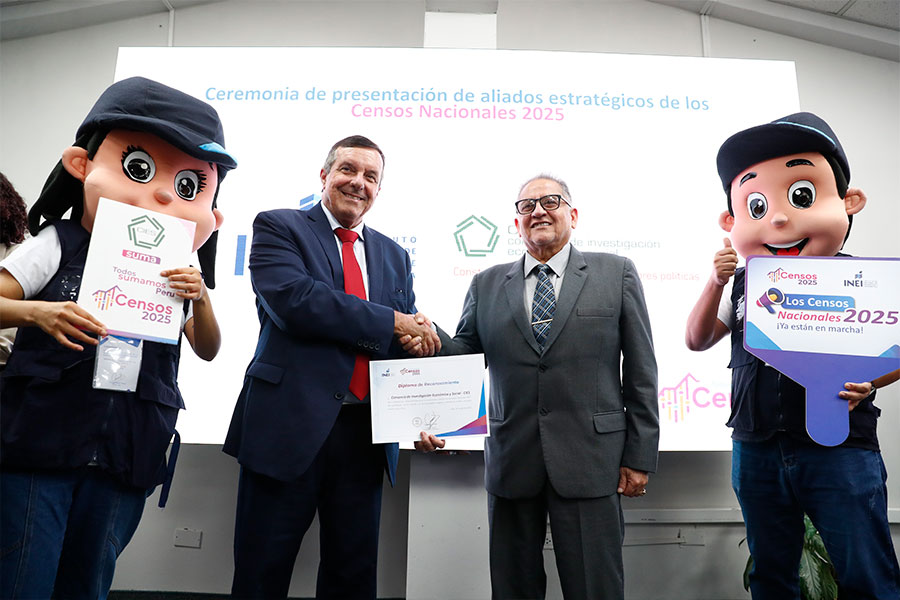MIT awards prize to Peruvian project for people with hearing impairment

Peruvian Leoncio Huaman was awarded a prize by the prestigious MIT Technology Review, a company property of the Massachusetts Institute of Technology (MIT), for the development of Vision D, a device that allows people with hearing impairment to read the transcript of what the other person says, without: losing eye contact or using sign language.
Publicado: 16/1/2020
The prize recognizes his contribution to humanitarian issues, in which technology is used to solve problems caused by impairment through an affordable solution for people with partial or total hearing loss.
"I am very happy to have received this award, which will allow me to improve Vision D for the benefit of people with hearing problems who have no means to afford a cochlear implant or hire a sign language interpreter," said Huaman, IBM Hybrid Solution Architect.
Estimates suggest that half a million citizens have hearing problems in Peru.
Each year, the MIT Technology Review rewards the brightest and most innovative minds for creating initiatives or developing projects to solve the world's current problems, by adding technology and innovation to address the biggest challenges in a better way.
The aim is to discover and present the most creative, inspiring and revolutionary technology, as well as recognize the young people who make this possible.
"As part of my academic and professional career, I have participated in many work groups and workshops with a range of talented people. At times, I was struck by the difficulty that participants with hearing impairment had in order to maintain the same level of interaction in conversations and presentations," the Peruvian commented.
"Therefore, I decided to create a tool that can ease the inclusion of these people so that their hearing limitations do not become an obstacle in their lives," he added.
How does it work?
The invention consists of a small device that can be attached to any pair of glasses and projects phrases or words —in real time— thanks to the Watson Speech to Text service, which runs in the IBM Public Cloud.
The device uses IBM deep learning algorithms to transmit the text via cable connection to a microprocessor. The transcript is projected on a screen within the optical system block, which can be mounted on any pair of glasses.
(END) NDP/SPV/RMB/MVB
Publicado: 16/1/2020
Las más leídas
-
Conoce el cronograma 2025 de pagos de sueldos y pensiones en el Estado
-
Guerra de bancos 2025: conoce las mejores tasas para tus depósitos a plazos
-
Fonavi 2025: verifica en este link si eres beneficiario del tercer grupo de reintegro
-
Jorge Chávez: vías de acceso al nuevo aeropuerto están terminadas al 100 %
-
Real Madrid vs. Barcelona: ¿Qué canal transmitirá hoy en Perú la final de la Copa del Rey?
-
Ministerio de Cultura invita a Festival Shipibo-konibo el 26 y 27 abril en el Rímac
-
Miles de fieles se despiden del papa Francisco emocionados ante Santa María la Mayor
-
El papa Francisco descansa ya en su última morada
-
Estas son las normas legales más importantes del sábado 26 de abril del 2025
-
MEF autoriza S/ 182 millones a comunas y región para desarrollo territorial











.png)


